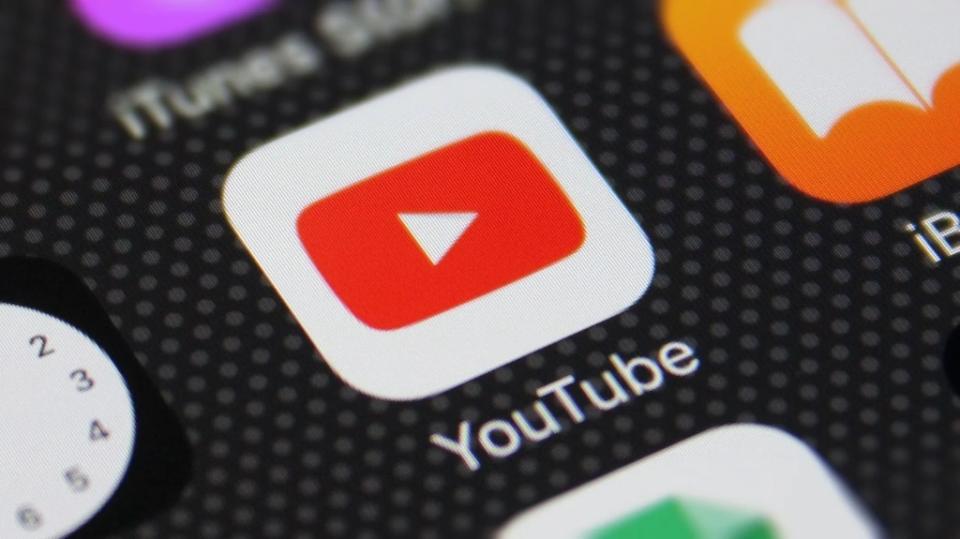YouTube rolls out new Partner Program terms as Shorts revenue sharing begins on February 1

YouTube will begin sharing ad revenue with Shorts creators on February 1, the company revealed on Monday. To prepare for the upcoming change, YouTube is starting to roll out new terms for all creators in the YouTube Partner Program. Creators need to accept the new terms by July 10 to remain in the program.
The major change to YouTube's Partner Program will allow creators to earn money from ads that are viewed between videos in the Shorts Feed. Although the new revenue sharing model will replace the YouTube Shorts Fund, the company says it expects the majority of its Shorts Fund recipients to earn more with the new Shorts revenue sharing model. As previously announced, creators can apply to the program if they meet a new Shorts-specific threshold of 1,000 subscribers and 10 million Shorts views over 90 days.
As part of the new terms, creators need to accept specific monetization modules. The first module is called the "Watch Page Monetization Module" and allows creators to earn money from ads served on their long-form videos and YouTube Premium. The next module is called the "Shorts Monetization Module" and lets you earn money from ads that play between Shorts in the Shorts Feed and YouTube Premium. The last module is called the "Commerce Product Addendum" and is for features like Channel Memberships and Supers.
YouTube recommends that creators accept all of the modules to unlock their full earning potential on the platform. Creators that make Shorts and have accepted the new Shorts Monetization Module will become eligible for Shorts ads revenue sharing on their Shorts views starting next month.
As for how exactly the Shorts revenue sharing will work, it's a bit complex due to music licensing. Each month, revenue from the ads appearing between Shorts will be added together and used to reward monetizing Shorts creators and cover the costs of music licensing. A portion of the total revenue will be allocated to the creator pool based on views and music usage across all watched Shorts. If a creator uploads a Short without music, all of the revenue associated with its views goes toward the creator pool. If a creator uploads a Short with music, the revenue based on its views will be split among the Creator Pool and music partners based on the number of tracks used.
Next, the creator pool is allocated to creators. YouTube explains that it will allocate revenue to monetizing Shorts creators based on their share of total Shorts views in the Creator Pool. If a creator got 5% eligible views out of all Shorts uploaded by monetizing creators, they will then be allocated 5% of the revenue in the creator pool. Creators will keep 45% of their allocated Shorts revenue. For instance, if a creator is allocated $1,000 from the creator pool, they will be paid $450.
It's worth noting that non-original Shorts are not eligible for revenue sharing. Non-original Shorts are those that include unedited clips from movies or TV shows, re-uploaded content from other creators on YouTube or another platform, or compilations with no original content added. Shorts that receive artificial or fake views, such as from automated clicks or scroll bots, are also ineligible for revenue sharing.
With these upcoming changes, YouTube Shorts is poised to become TikTok’s biggest competitor. If creators can make more money via YouTube Shorts than on TikTok, they’re incentivized to make original content for the YouTube platform. No short-form video platform has quite figured out how to share ad revenue up until now, which gives Shorts a notable leg up on the competition.

 Yahoo Movies
Yahoo Movies 